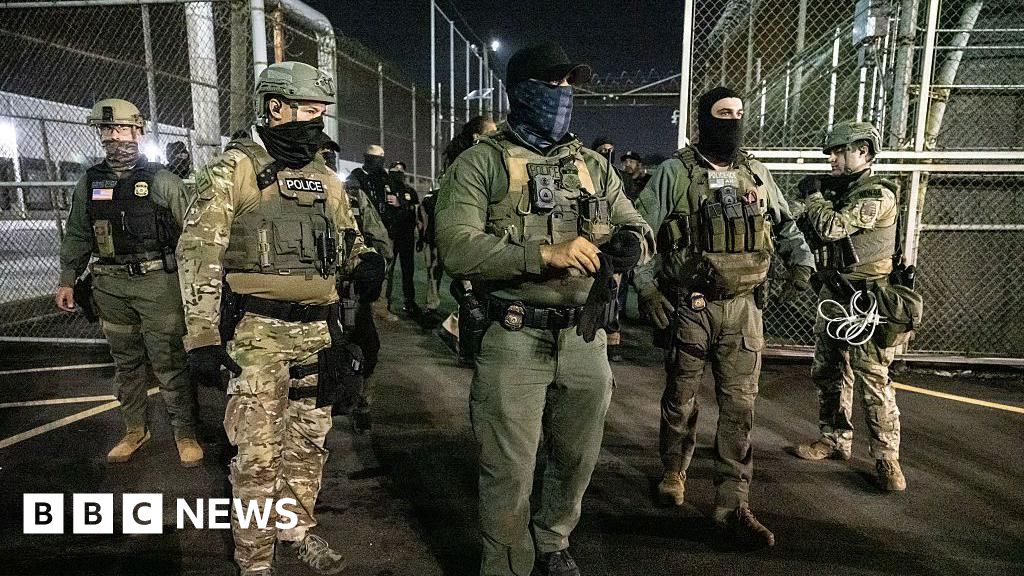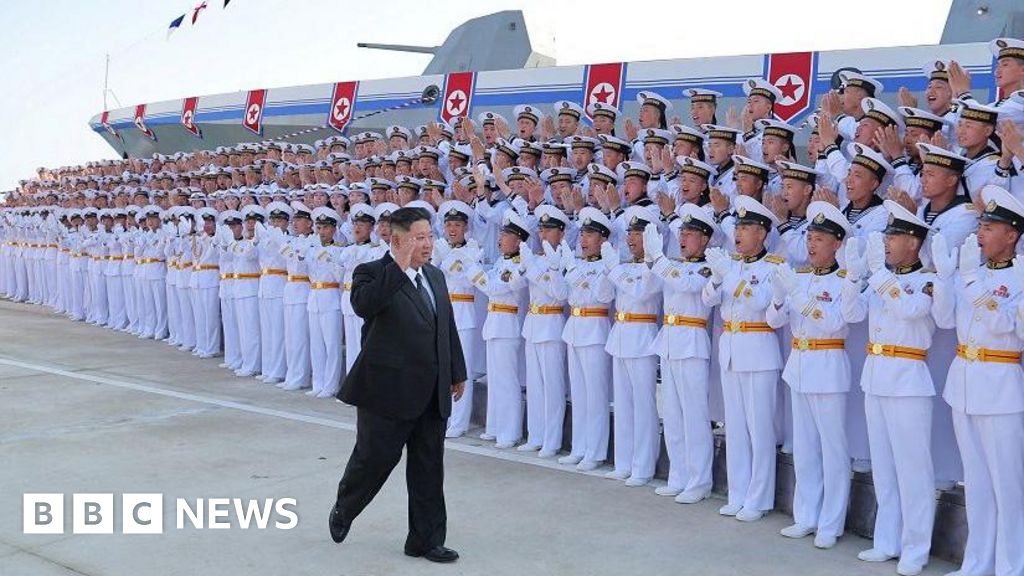Another rift has opened between the U.S. oil and gas industry and President Trump, this time over new rules designed to encourage domestic shipbuilding and undermine China’s maritime power.
This month, the Trump administration issued rules that require at least 1 percent of the natural gas shipped overseas to be carried on U.S.-built tankers in 2029. The United States is the top global exporter of liquefied natural gas — gas that has been chilled until it becomes a liquid so that it can be transported in large quantities. But it does not build any of the specialized ships that are used to send that fuel abroad.
In a letter to the administration last week, the American Petroleum Institute, the U.S. oil and gas industry’s main trade association, said the industry could not comply with that rule and urged officials to reconsider it.
The requirement “risks counteracting the significant progress the Trump administration has made toward reducing uncertainty and unleashing U.S. L.N.G.,” the trade group said in the letter, which was addressed to Chris Wright, the energy secretary, and Doug Burgum, the interior secretary.
The maritime rules are the latest source of tension between oil and gas executives — many of whom contributed to Mr. Trump’s campaign — and the administration. The industry is aligned with Mr. Trump on an array of key priorities, including exporting more L.N.G.
But when it comes to trade, oil and gas companies generally favor more open arrangements, in contrast to Mr. Trump’s protectionist agenda. His policies have also weakened economic confidence, causing oil prices to fall. Many companies that produce natural gas are also in the oil business.
Oil now sells for about $62 a barrel in the United States, compared with $78 just before Mr. Trump took office. Natural gas prices have also fallen, but remain well above what they were a year ago.
Sean Duffy, the transportation secretary, suggested on Monday that there was room to further negotiate the shipping rules.
“We should hear what oil and gas has as their concerns, listen to them, but find a pathway forward where we can build ships in America to send great American energy around the world,” Mr. Duffy said during a visit to the Hanwha Philly Shipyard in Philadelphia when asked about the industry’s concerns.
Hanwha Systems, a South Korean defense technology company, and Hanwha Ocean, a South Korean shipbuilder, bought the Philadelphia shipyard last year and plan to modernize it. Hanwha Ocean has delivered 200 L.N.G. carriers from its shipyards in South Korea. Such vessels are primarily built in that country, Japan and China.
J. Elizabeth Peace, an Interior Department spokeswoman, declined to comment on the trade group’s letter, which was reported earlier by The Financial Times.
The American Petroleum Institute praised other actions by the Trump administration, including those aimed at enabling more L.N.G. to be exported.
“On balance, we have made significant progress toward ensuring that we have long-term American energy dominance going forward,” Amanda Eversole, the group’s chief advocacy officer, said on Monday.
In addition to requiring the use of U.S.-built L.N.G. ships, the new rules impose fees on Chinese-owned and Chinese-built vessels. The rules originated from a petition requesting a federal investigation into Chinese shipbuilding filed during the Biden administration by labor unions. Shortly before Mr. Trump took office, the Biden administration said its investigation had found that China had used unfair trade practices like subsidies to become dominant in shipbuilding.
The Office of the United States Trade Representative, the agency behind the new rules, softened an earlier proposal after pushback from many industries and trade groups, including the American Petroleum Institute.
But the energy group said the latest version of the rules — which require that 1 percent of L.N.G. exports be carried on U.S.-built vessels in 2029, rising to 15 percent in 2047 — was still too demanding. The industry association estimated that five U.S.-built L.N.G. tankers would be needed in 2029 and said building them was “not feasible,” citing a lack of shipyard capacity and skilled workers, among other concerns.
But the rules appear to include a way for companies to delay the use of U.S.-built L.N.G. transporters for three years if they have ordered and taken delivery of a U.S.-built vessel in that time.
Source link















